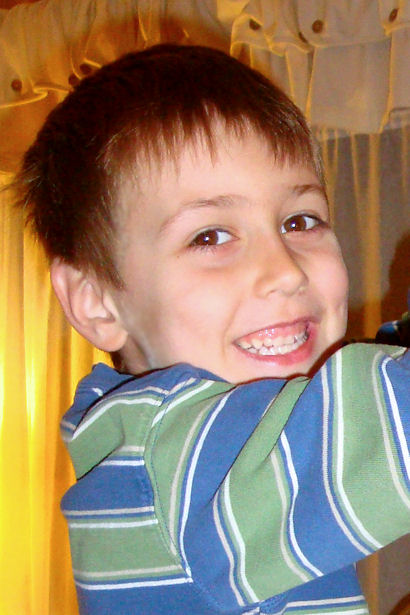At this time of the year many people who have children to buy for are looking for help choosing among the thousands of options. Since toys are the learning tools of children, it’s important to put some thought into choosing a toy instead of just picking the first thing you see.
Children use toys to learn about the world around them. Balls teach about cause and effect, and help develop large muscle skills, dolls encourage role playing, blocks teach about balance and gravity, art supplies encourage creativity, and so on. This sort of play is essential for children’s development, which makes toy selection more important than most people think!
Quality Counts
Think about toys in the same way you think about adult items: you want the things you use to work well, to stand up to wear and tear, and to fit your size and ability. Toys should meet the same criteria; nothing is more disappointing to a child than a truck that won’t go, a doll that is too big, heavy, or breakable to cuddle, or a toy that breaks the first time it’s used.
Obviously, safety is a major consideration and quality toys will be safe for children. Look for toys made of shatterproof or unbreakable materials, toys that are lead and BPA free, toys that don’t have strings or other strangulation hazards, and toys that don’t have loose or small parts that could be a choking hazard. Visit www.toysafety.com for the 2012 Worst Toy List and a Toy Report Card.
Go for Variety
Keep variety in mind to encourage learning in many different areas of development.
- Art materials promote creativity, hand-eye coordination and small muscle development. Keep in mind that children’s art is an expression of themselves, so look for supplies and kits that encourage creativity instead of following directions or “stay in the lines” types of activities.
- Active play equipment develops strength, coordination, and large muscle skills. Riding toys, swings, balls, wagons, and climbers are great choices. Be sure to provide lots of time for children to use the equipment and “blow off steam” too!
- Manipulatives (aka Hands-on toys) like puzzles, board games, rattles, squeeze toys and other toys with many pieces build hand-eye coordination and problem-solving skills.
- Pretend Play or what you probably called “dress up” or “let’s pretend” helps children understand the world and gives them a chance to try out adult roles. Dress-up clothes, dolls, puppets, and dramatic play props help children to use their imagination as they pretend to be something or someone else.
- Books are an obvious choice. They can be read over and over again and provide many enriching experiences. Look for sturdy board books for toddlers, and simple paperbacks for older children. In addition to illustrations, Children love seeing photos of real people, places, and things, so be sure to include books with real photographs in your child’s library.
- Construction toys like blocks, Legos, and woodworking supplies foster science and math concepts as well as cause and effect relationships, hand-eye coordination, small muscle development, problem-solving, etc.
- Materials to experiment with such as musical instruments, play dough, and sand/water play equipment are very popular with children. Touching, manipulating, and experimenting to see “what will happen if…” are fantastic learning experiences!
Relax and Have Fun
Children are constantly growing and their interests change as quickly as their shoe size, but many toys will be loved for years and years. The pots, pans and measuring spoons that were banged on by an infant can be used for water play by a toddler and for cooking with Mommy or Daddy by a preschooler.
Toys that stimulate a child’s imagination and offer many possibilities for play will be used for many more years than single-purpose toys or this year’s fad toy. One place to start is by remembering which toys were your favorites when you were young – these “classics” often stand the test of time and are favorites of today’s children too.
Most of all, don’t turn yourself inside-out trying to find the “perfect” toy, feel intimidated by unfamiliar cartoon characters, or spend a fortune on the newest “educational” toys. Children are learning all the time and know how to have fun with just about anything – even an empty cardboard box!








